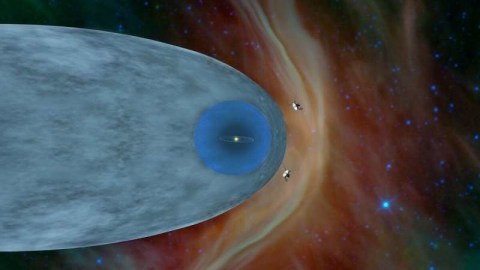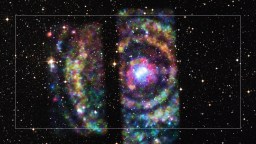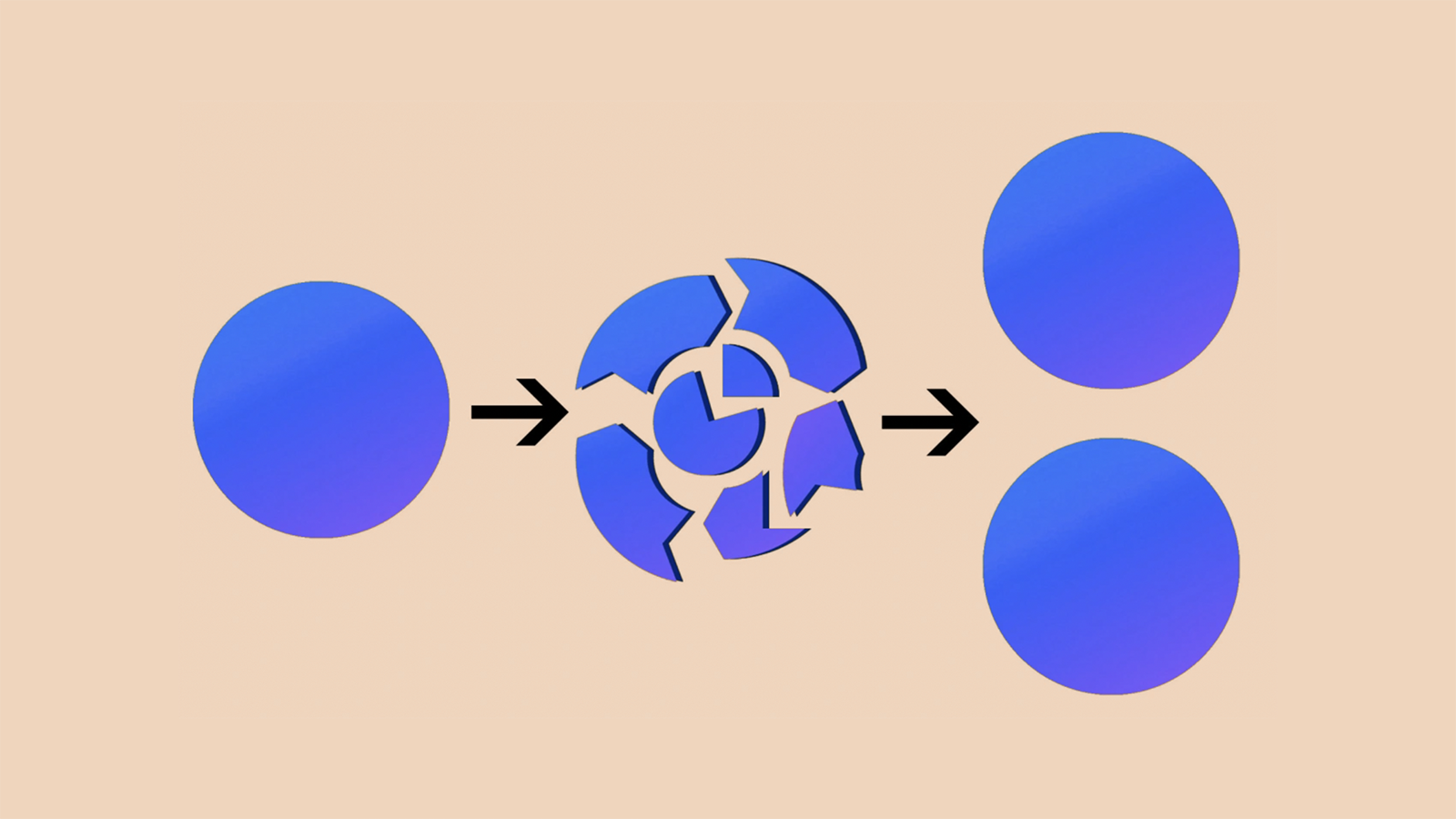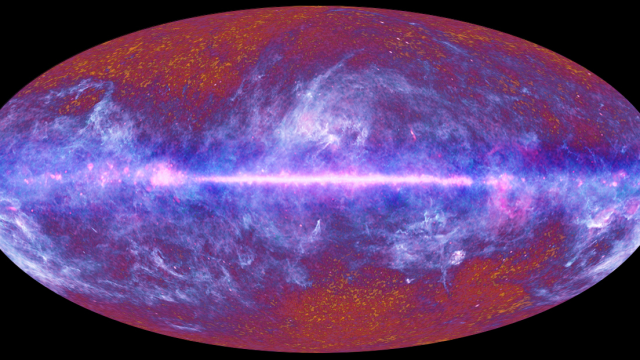After 42 years in space, Voyager 2 breaks through the heliosphere

- NASA’s Voyager 2 probe sends back invaluable information about interstellar space.
- The probe was launched in 1977.
- 5 new studies detail the data gathered by its instruments.
Over 40 years after its launch, NASA’s Voyager 2 spacecraft sent back invaluable information from interstellar space. It is only the second spacecraft in history to go beyond the heliosphere – a bubble created by winds streaming from our sun that protects us from interstellar radiation.
New studies released by researchers confirm that the Voyager 2 is now traveling through the so-called interstellar medium (ISM) – an area between stars. Despite this happening about 11 billion miles away from Earth, scientists have been able to determine the craft crossing into ISM from the change in the density of plasma, a gas composed of charged particles. Data reported by a plasma wave instrument aboard the Voyager showed a transition from hot, low-density plasma of the solar wind to colder, high-density plasma associated with interstellar space. This was also observed aboard Voyager 1, the first human-made spacecraft to cross over into the ISM in 2012.
Caltech physics professor Ed Stone, a project scientist for Voyager, highlighted the significance of what the probes uncovered:
“The Voyager probes are showing us how our Sun interacts with the stuff that fills most of the space between stars in the Milky Way galaxy,” said Stone in a press release. “Without this new data from Voyager 2, we wouldn’t know if what we were seeing with Voyager 1 was characteristic of the entire heliosphere or specific just to the location and time when it crossed.”
NASA’s Voyager 2 Enters Interstellar Spacewww.youtube.com
The five new studies that were published each provide details of the findings from one of Voyager 2’s operating science instruments. These include a magnetic field sensor, two instruments that detect energetic particles and another two instruments that study plasma.
Among the noteworthy conclusions from the instruments is that some particles from the heliosphere are going through the somewhat porous boundary into interstellar space. Another finding shows that the magnetic field in the area just outside the heliopause parallels the magnetic field inside it.
The two probes were launched in 1977, flying by Jupiter and Saturn, where they diverged. Voyager 2 ended up changing its path at Saturn to fly by close to Uranus and Neptune. Voyager 1 is actually the faster probe and is at the moment about 13.6 billion miles away from our Sun. Voyager 2 is about 11.3 billion miles away.
Here are the studies utilizing Voyager 2 data published in Nature Astronomy:
Plasma densities near and beyond the heliopause from the Voyager 1 and 2 plasma wave instruments
Cosmic ray measurements from Voyager 2 as it crossed into interstellar space
Voyager 2 plasma observations of the heliopause and interstellar medium
Magnetic field and particle measurements made by Voyager 2 at and near the heliopause
Energetic charged particle measurements from Voyager 2 at the heliopause and beyond





